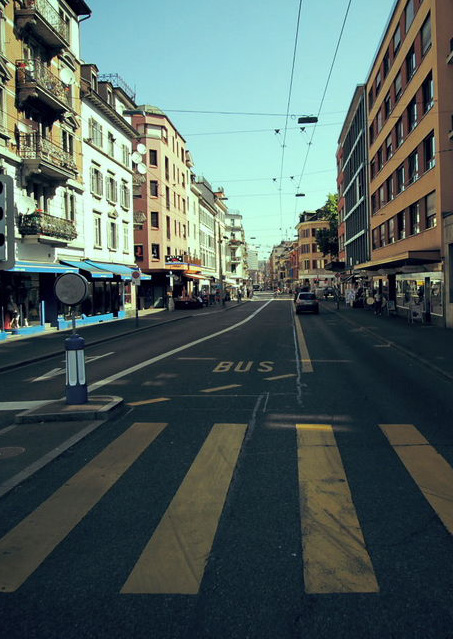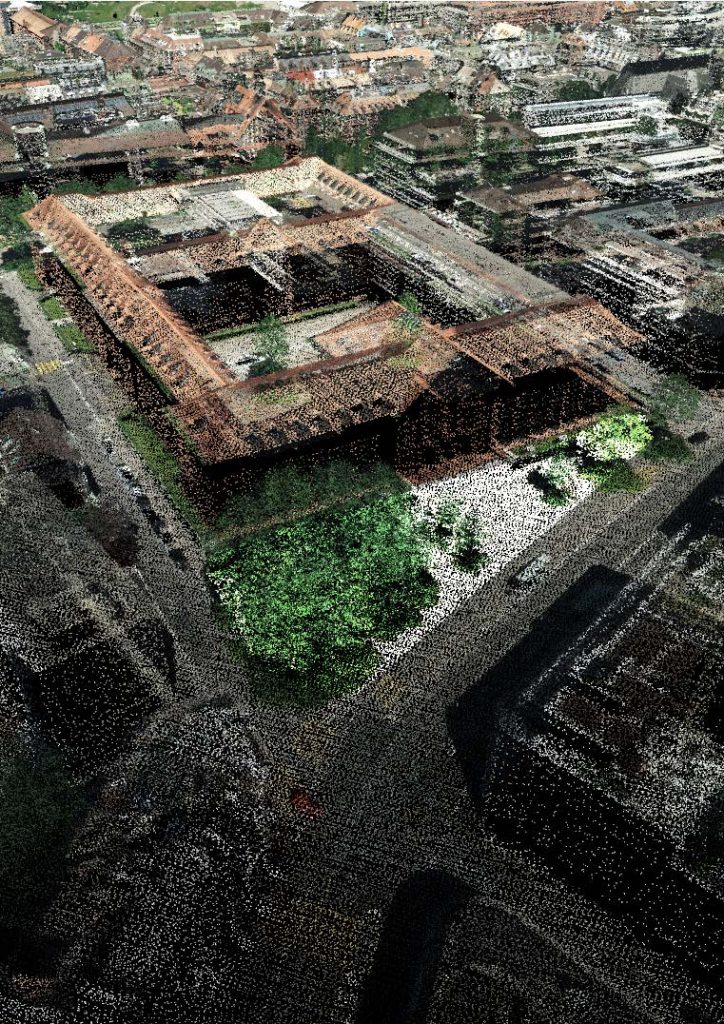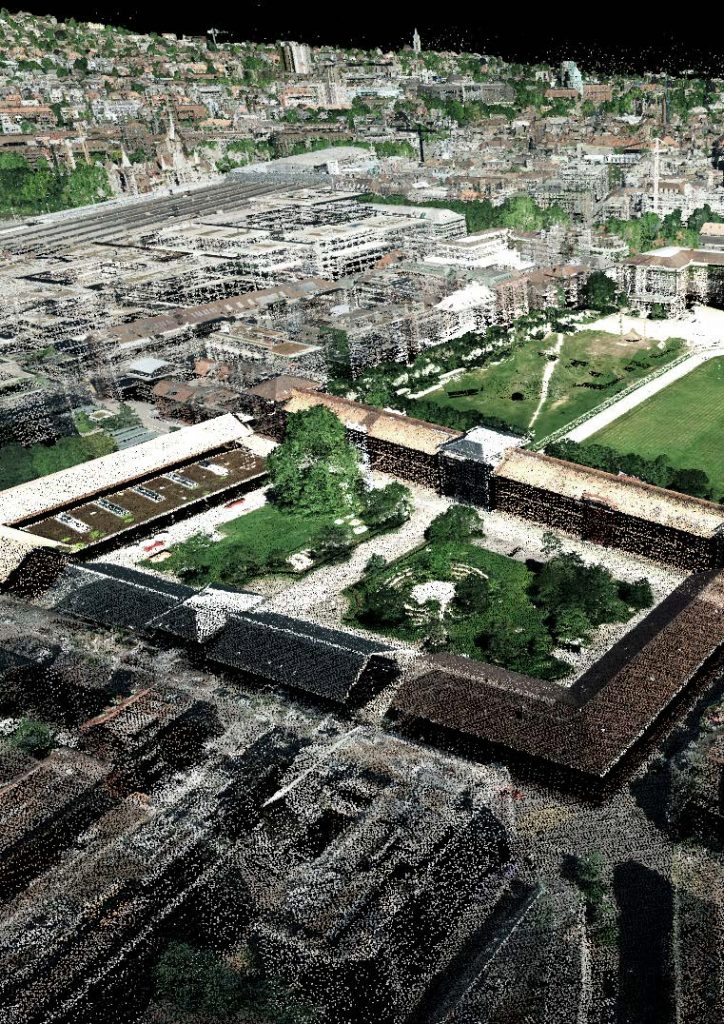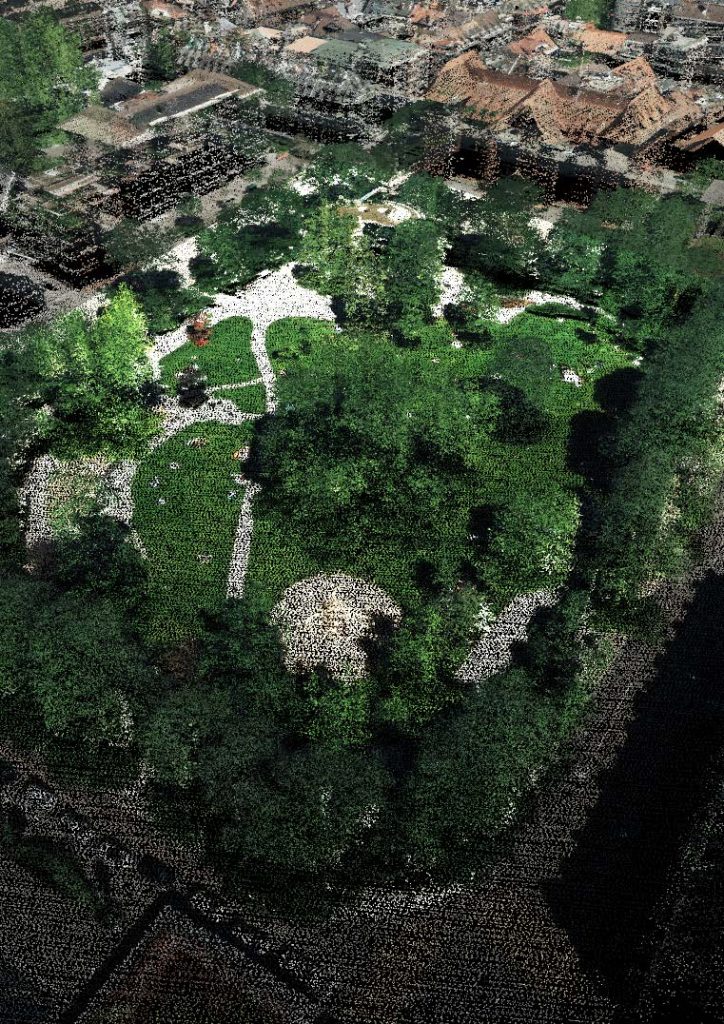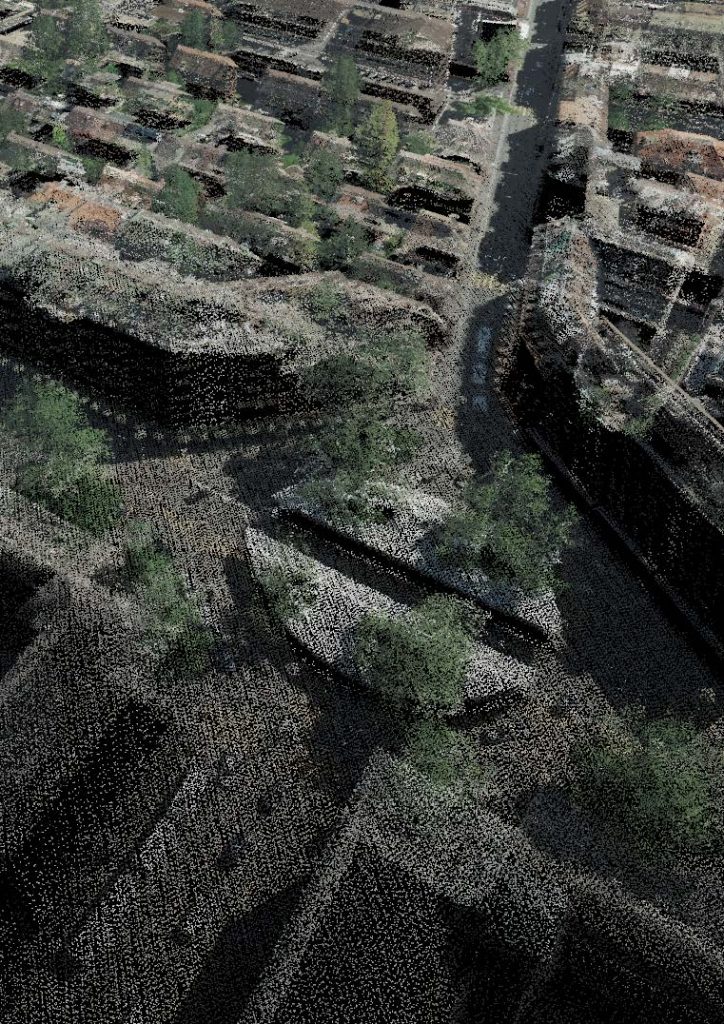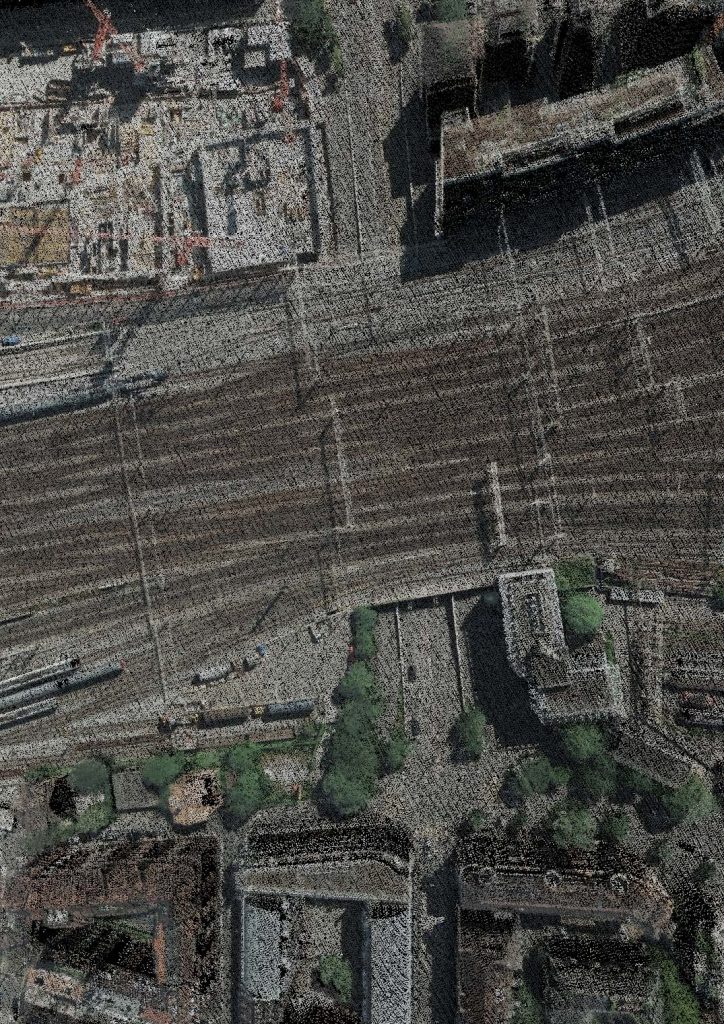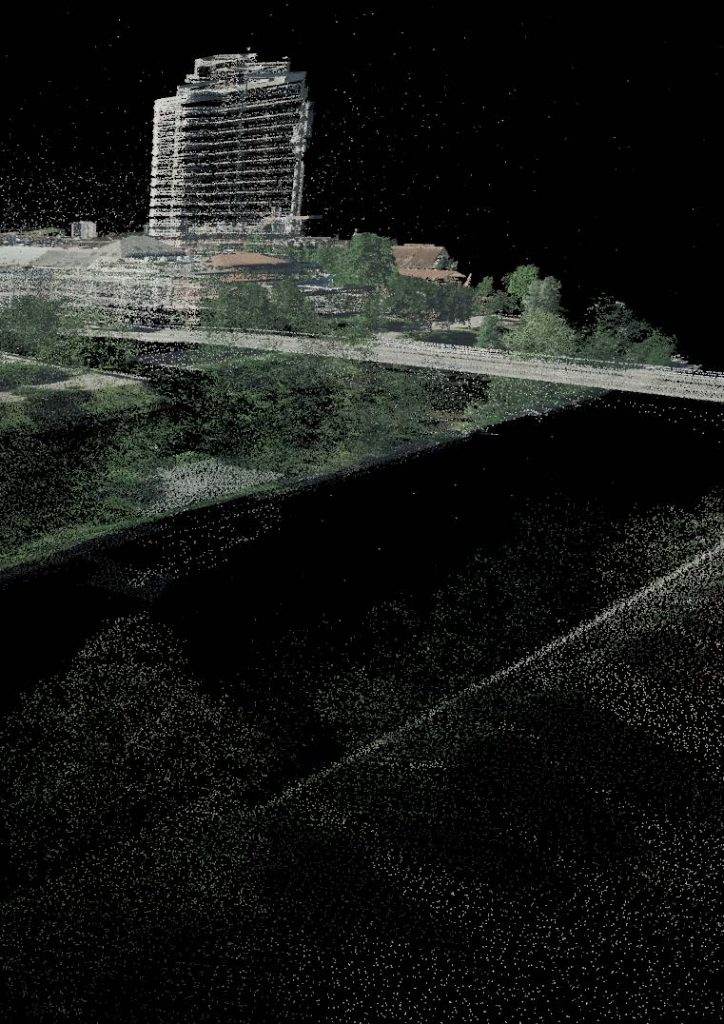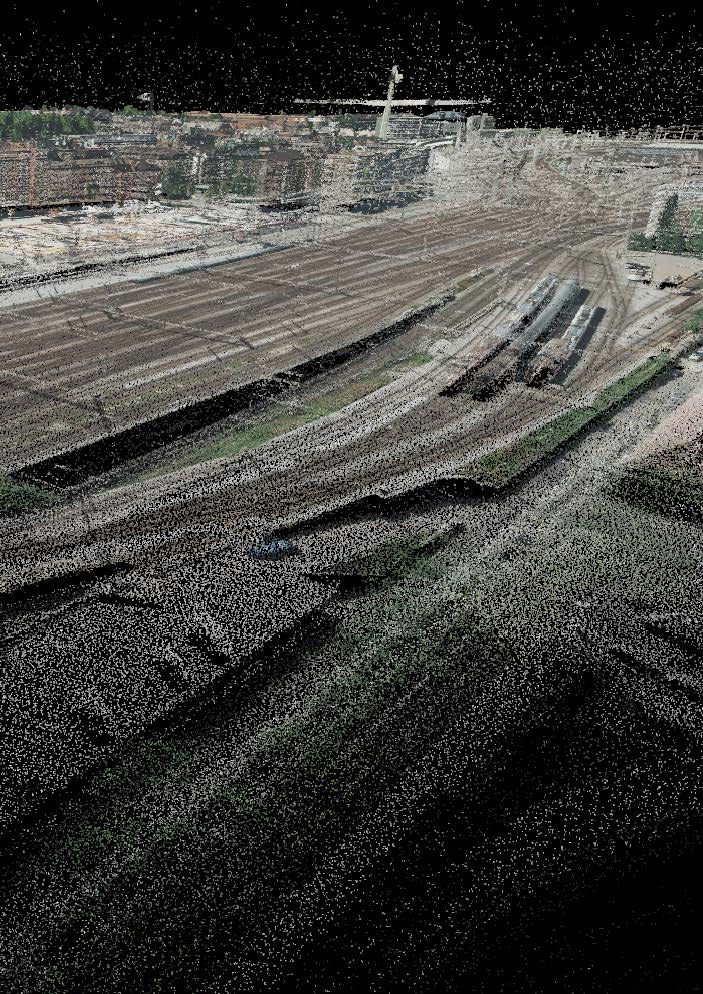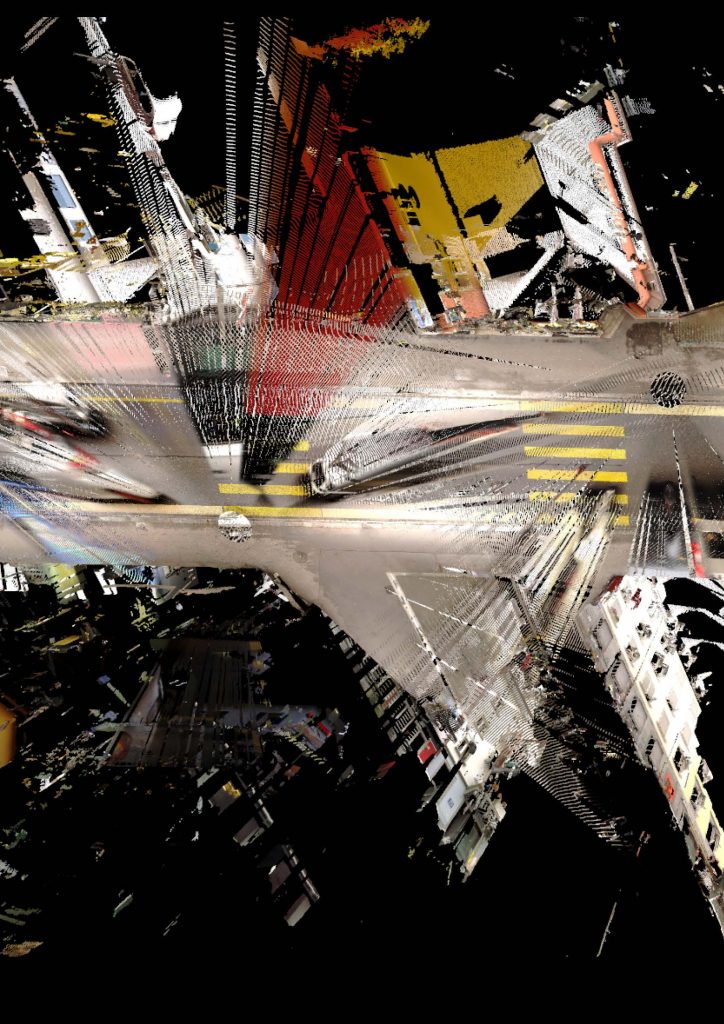
DIPLOMA SUPERVISOR
Ben Gitai
TOPICS FS 2018
Master Thesis A: Urban Design– Langstrasse, Zürich
Master Thesis B: Architecture – Stadtkrone, Zürich
Master’s Thesis Assistance
Master Thesis A: The Quartier of Langstrasse is characterized by different urbanmorphologies in an area of tension between the Europaallee andHelvetiaplatz. Falling within the district of Kreis 4, the neighbourhoodof Langstrasse showcases a myriad of spatial typologiesranging from existing building stock, new commercial real-estateof the Europaallee, partially dilapidated structures, high-end residentialbuilding developments, a variety of commercial activity,as well as the iconic Langstrasse ‘strip’.
The variety of building stock found in Kreis 4 culminates in awide range of high-density urban forms. A mean density of 2.4FAR can be found within the district’s quarter. Inversely, thevoid between these densities creates a variety of public openspaces. These large and small-scale openings are what define thepublic realm and the ground plane of the neighborhood. Notableexamples include Helvetiaplatz and Bäckeranlage, while interstitial,‘in-between’ or ‘leftover’ spaces create smaller public spacesthroughout the neighborhood, all contributing towards the lifebetween its buildings.
This collage of multiple fabrics and centers sits adjacent to themain train station, its central location making it attractive fornew development. Together this provides a rich context for thecritical examination of a neighborhood in transition.What kind of transformative processes are occurring in Langstrasse?A neighborhood with multiple centers?A place of indistinct edges?
The area historically provided all the characteristics of an immigration quarter where people try to find a new beginning, using it as a point of entry into the city. This has culminated in diverse economic opportunities including businesses, retail, brothels, and bars – activities that have come to typify Langstrasse. The area’s red light district is a form of seemingly intangible business with mobile people, clients, and hotspots. But the region’s recent rebrand – “Tribeka: sublime chic, oriental cuisine, precise craftsmanship, and the finest coffees” – has seen formerly established, local family-owned stores disappear, while simultaneously attracting big business establishments.
This reflects a global phenomenon of cities with exclusive and ‘shrinking’ centers — a transformation that demands critical inquiry, and with it, a new form of response by the architecture and design profession.
